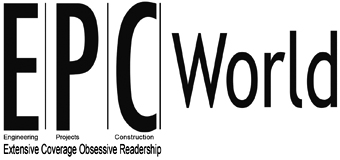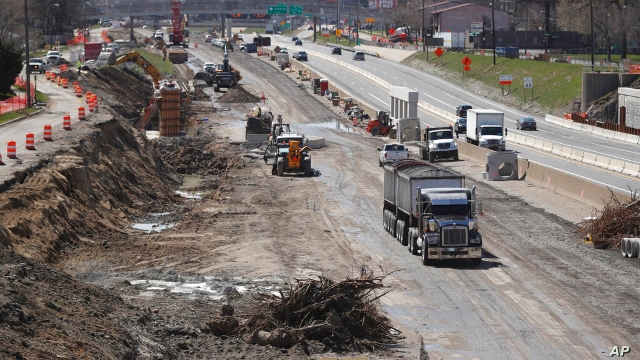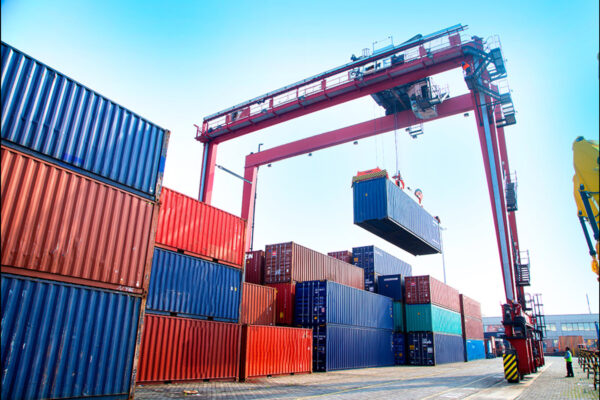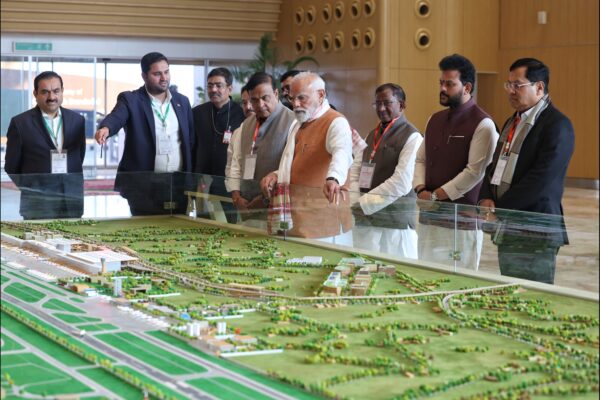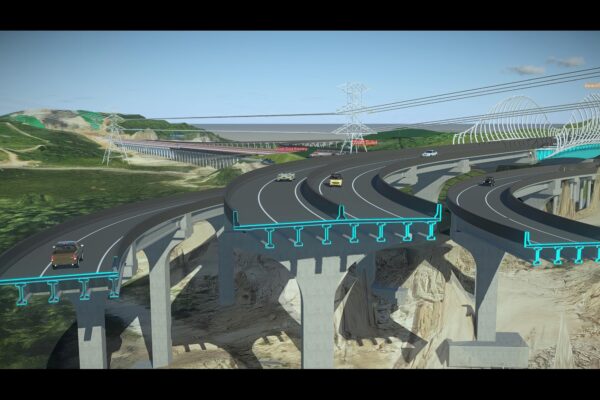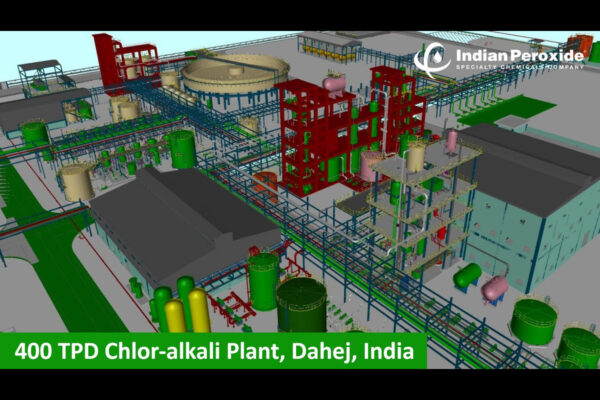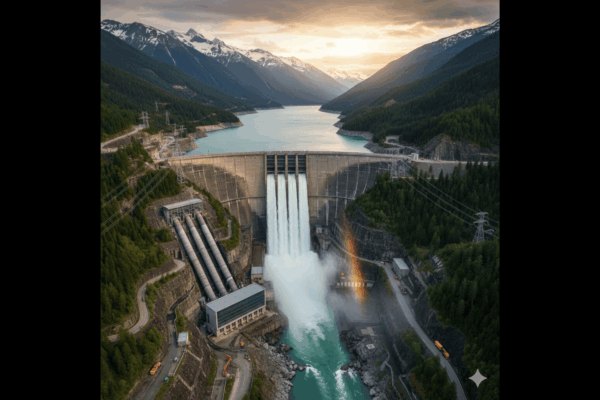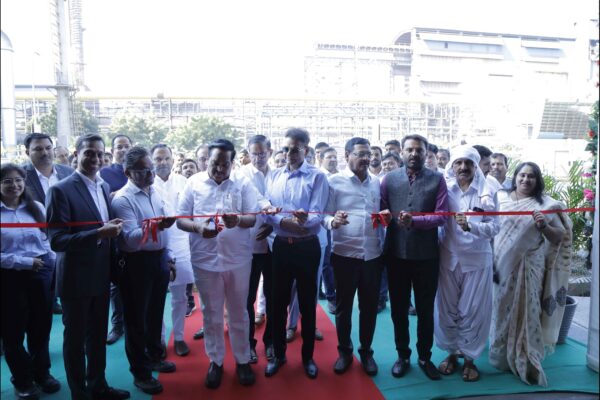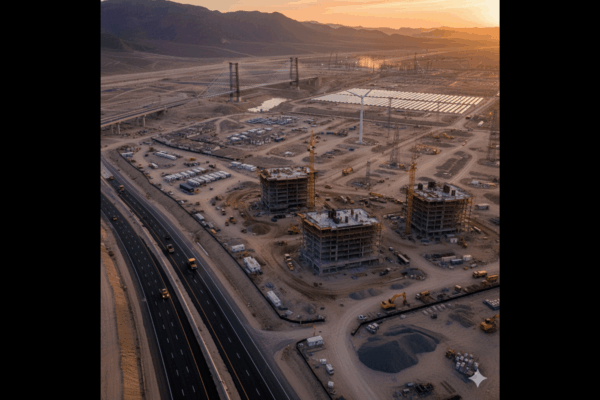Factors thriving the augmentation in the infrastructure sector
by Shashank Agarwal, Managing Director, Salasar Techno Engineering
Infrastructure is an important sector for the overall development of any country. In India, it is considered as the backbone of the country’s economy. It integrates projects on a wider scale and reinforces its competitiveness on a global level. The infrastructural facilities such as roads, railways, metro rails, etc, are required to potentially increase the productivity and smooth functioning of other business sectors in India.
According to the estimates of a recent report – India will require Rs. 50 trillion (US$ 777.73 billion) in infrastructure by 2022 for sustainable development in the country. It is also marking a myriad of opportunities for foreign investors to invest in the country’s infrastructure development. Furthermore, the estimates shared by the Department for Promotion of Industry and Internal Trade (DPIIT) suggest – FDIs in the construction development and infrastructure activities stood at US$ 17.22 billion in September 2020.
According to the present market scenario, the Indian government plans to spend USD 1.4 trillion during 2019 – 2023 on infrastructure with an investment of USD 750 billion on railways infrastructure by 2030. On the other hand, the onset of the pandemic caused a intimidating situation in front of infrastructure companies to recover from an all-time low of the previous year. This requires an urgent need to come up with highly effective strategies to stimulate growth in the sector.
A massive capital inflow is capital intensive and requires for the successful completion of infrastructure projects. The most impactful strategy to stimulate growth in the sector is an effective deployment of capital resources by the government. As per the recent budget – the government has announced the allocation of about INR 1.07 lakh crore to the Ministry of Railways and INR 25,933 crore to the Department of Telecommunications for capital expenditure. The deployment of the allocated resources in the right way is expected to increase the number of tenders announced and completed. As a result, there will be a large number of projects and higher demand for infrastructure firms, accelerating the cashflows in the country. Moreover, if the time taken to fulfill contractual obligations is reduced than the present, the operations in the sector will proceed with swiftness.
Besides resource allocation, it is the need of the hour to introduce pan-India policies in the sector for standardization. Inter-departmental disparities tend to obstruct the progress of the projects significantly. This has been obvious in the telecom sector that possesses differentiated pricing by municipal corporations, for instance in Delhi. This becomes a huge detriment for the industry as a whole especially at the time when telecommunication is not a luxury, but a necessity. Thus, the sector needs a universal policy for smoother execution of projects and tenders.
Another big challenge faced by large infrastructure companies is the sourcing of raw materials such as steel. Earlier, the infrastructure companies were needed to procure steel from primary producers who charged a premium, therefore driving up costs for the industry as a whole. Recently, the ministry of steel released a clarification stating that the raw material can be procured from any producer. However, the implementation of such guidelines needs a great push in order to boost the industry’s growth by reducing the costof raw materials. Furthermore, the price fluctuations on raw materials tend to delay the completion of infrastructure projects while slowing down the entire sector’s growth. Providing relief on procurement of raw materials can result in accelerating the delivery of the projects, thereby, accelerating the growth of the sector.
Any sector that needs a strong push needs to identify the roadblocks and find a solution for its progress. In the infrastructure industry, one of the biggest roadblocks is incomplete projects. These are usually left for too long in the last stage of development and the completion of them would make way for new projects as well as provide support for them. This case is especially with physical infra projects such as roadways and railways. Focus on physical infrastructure projects will make the movement of resources easier and also provide aid to logistics.
In the past three years, there has been a buzz around the development of smart cities in India. Expediting the process of project approvals can help the government fulfil the mission of smart cities, and alleviate infrastructural gridlock in tier 1 and tier 2 cities, where most of the population is concentrated.
